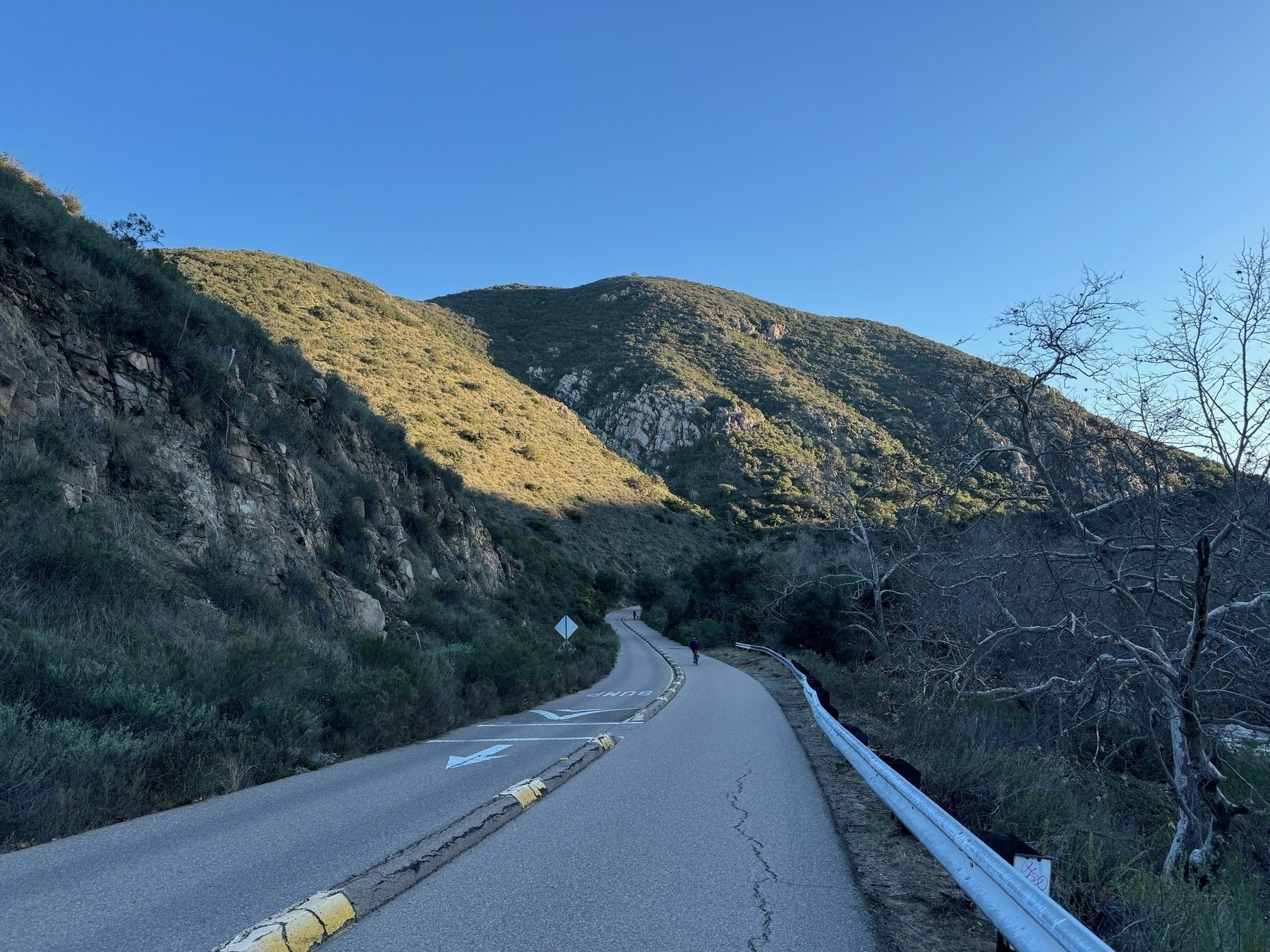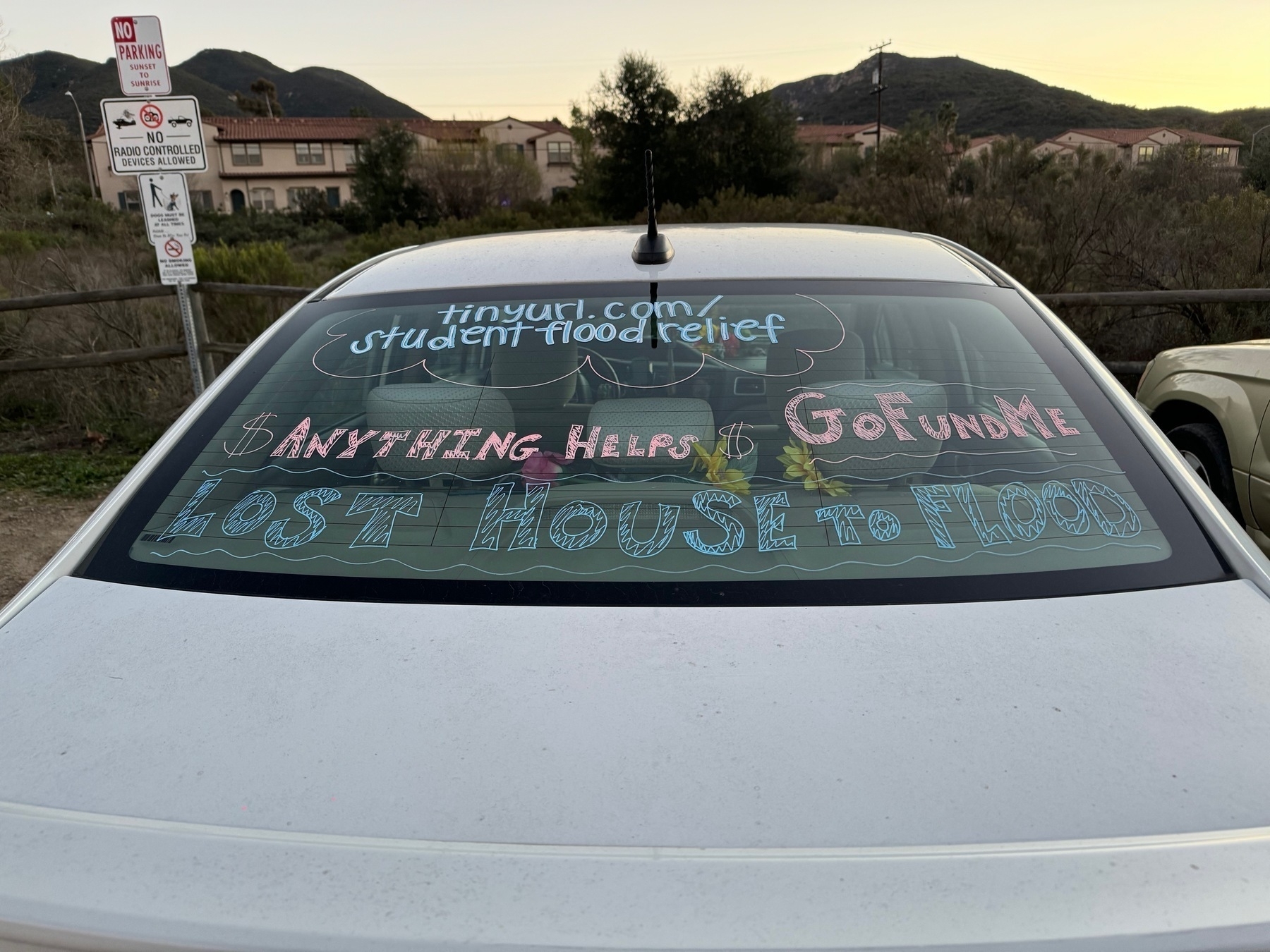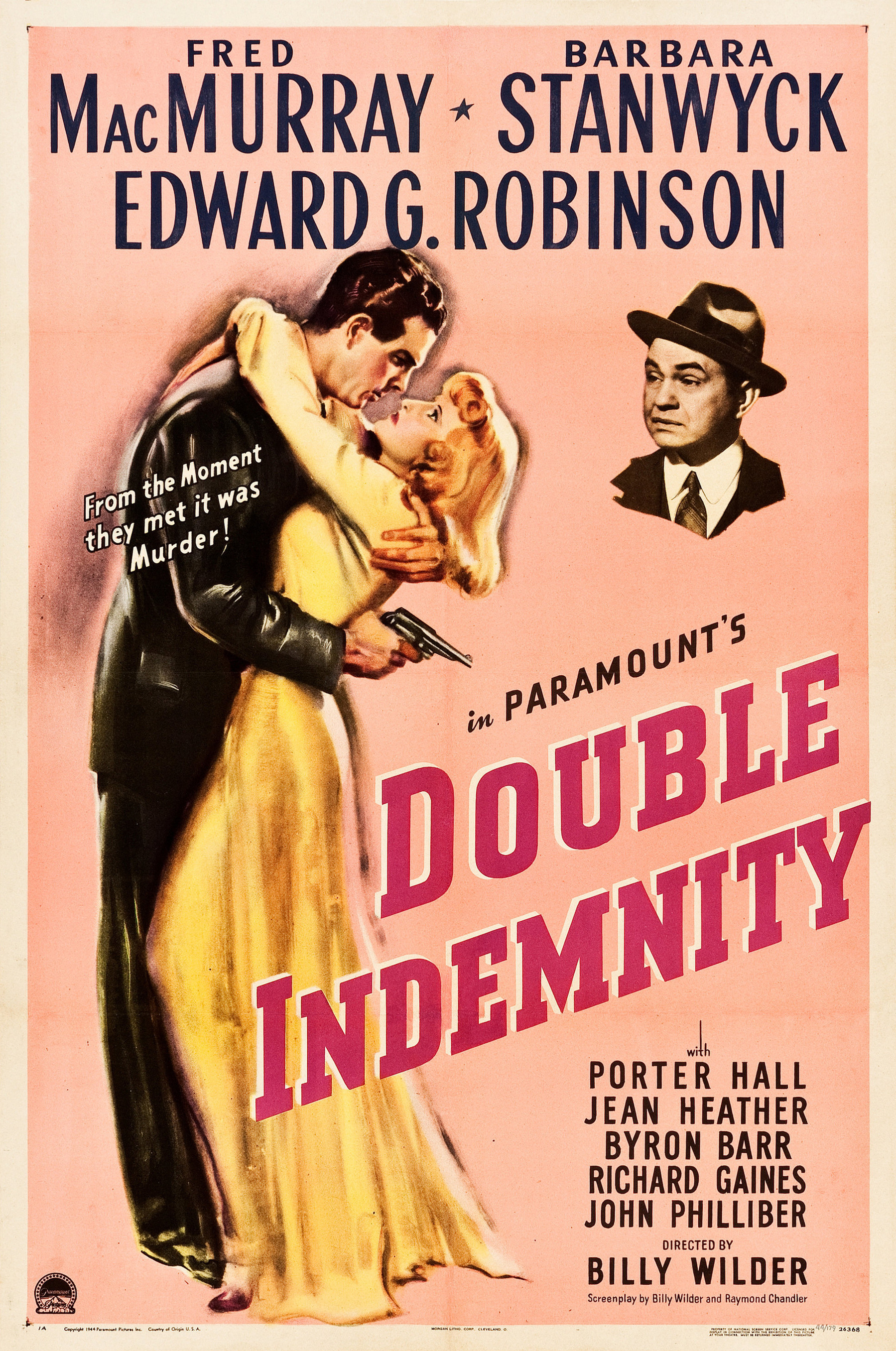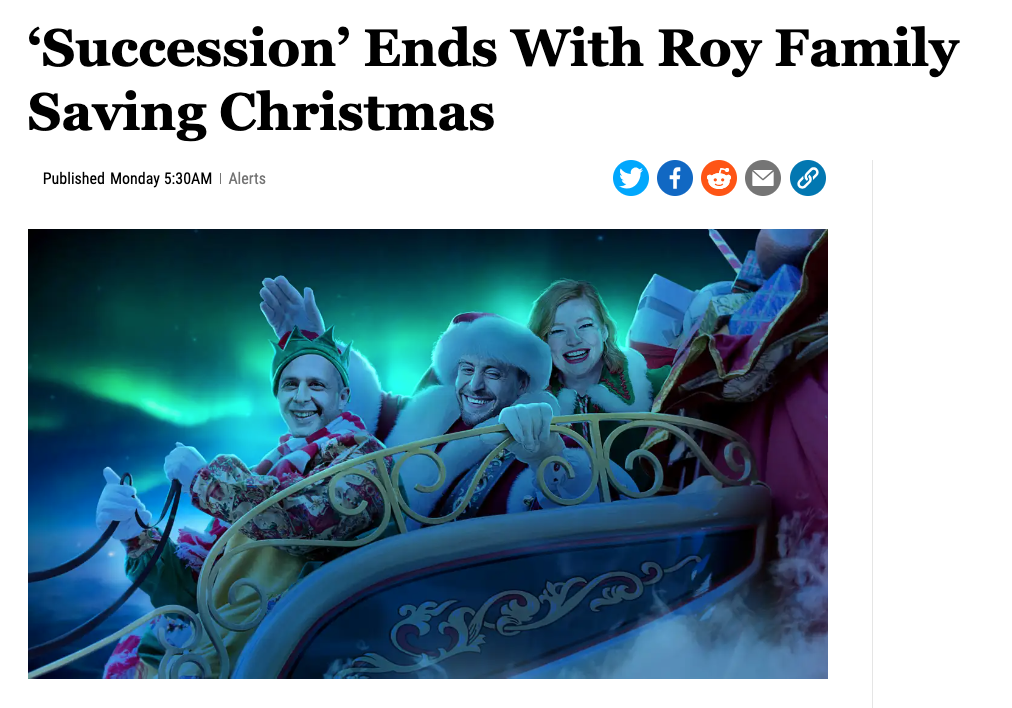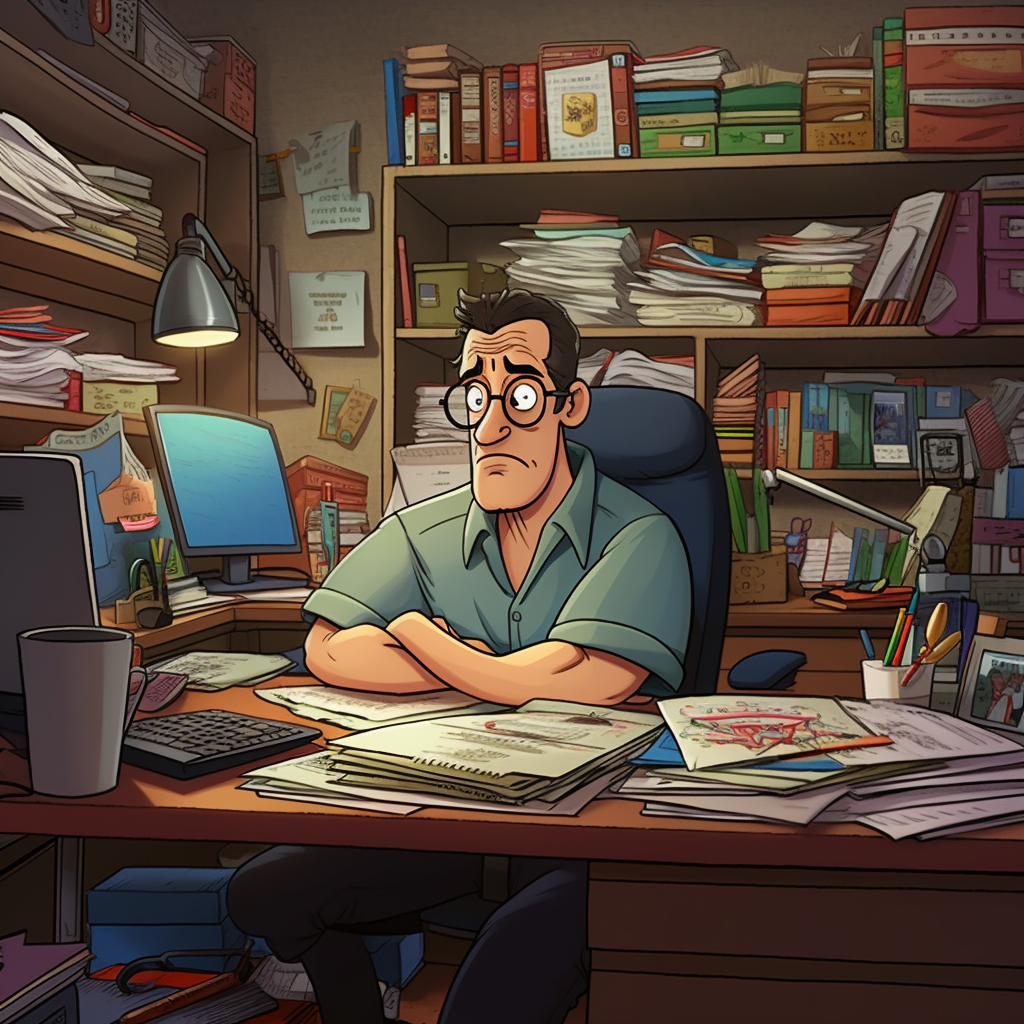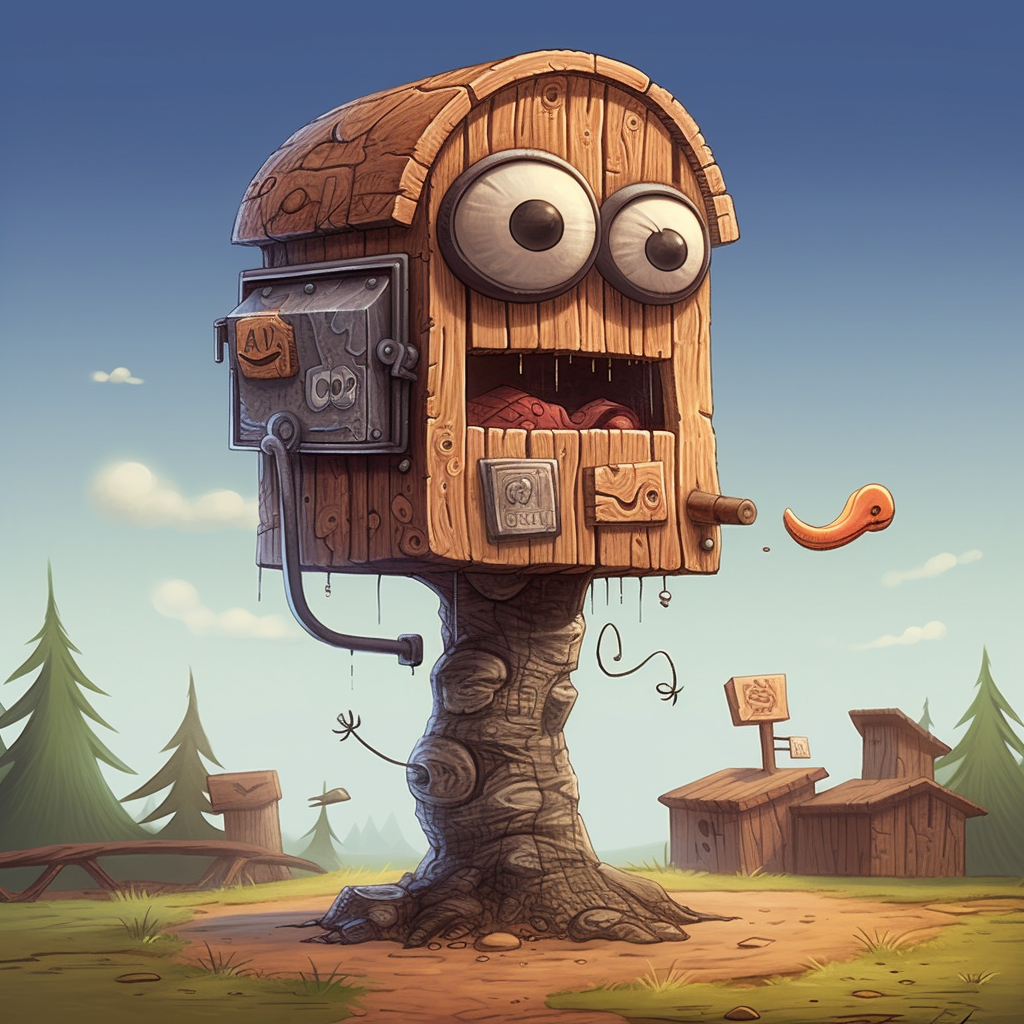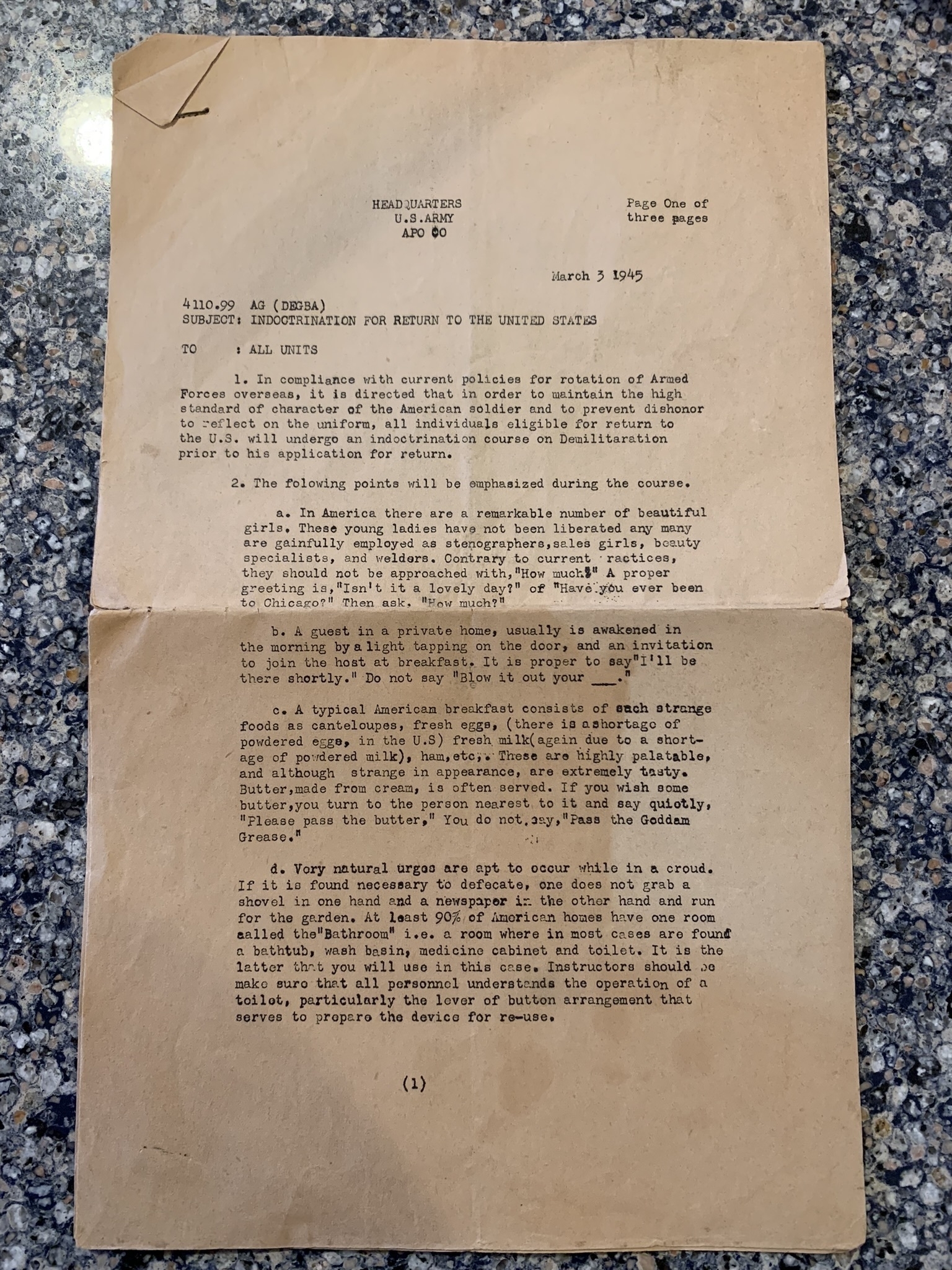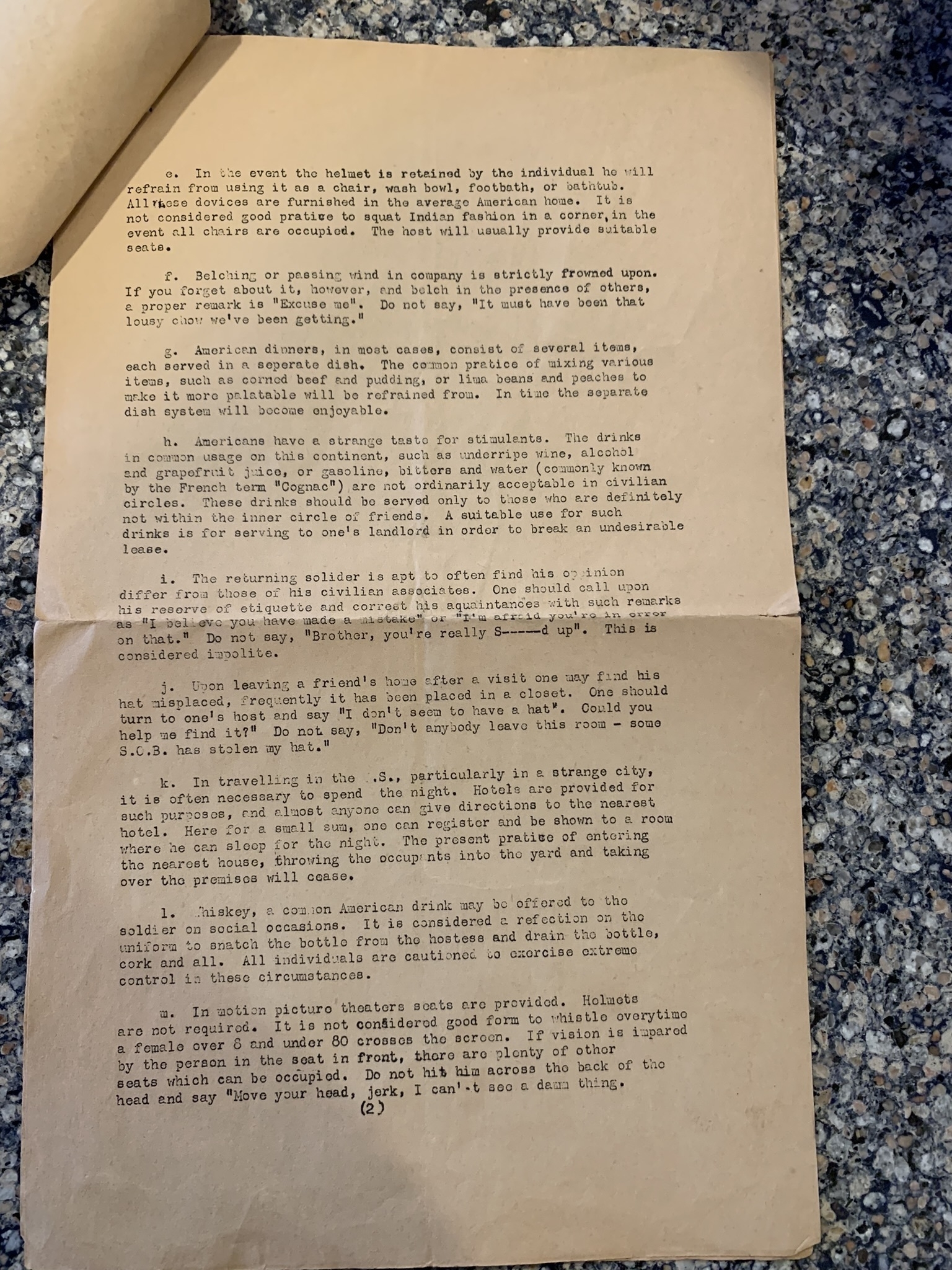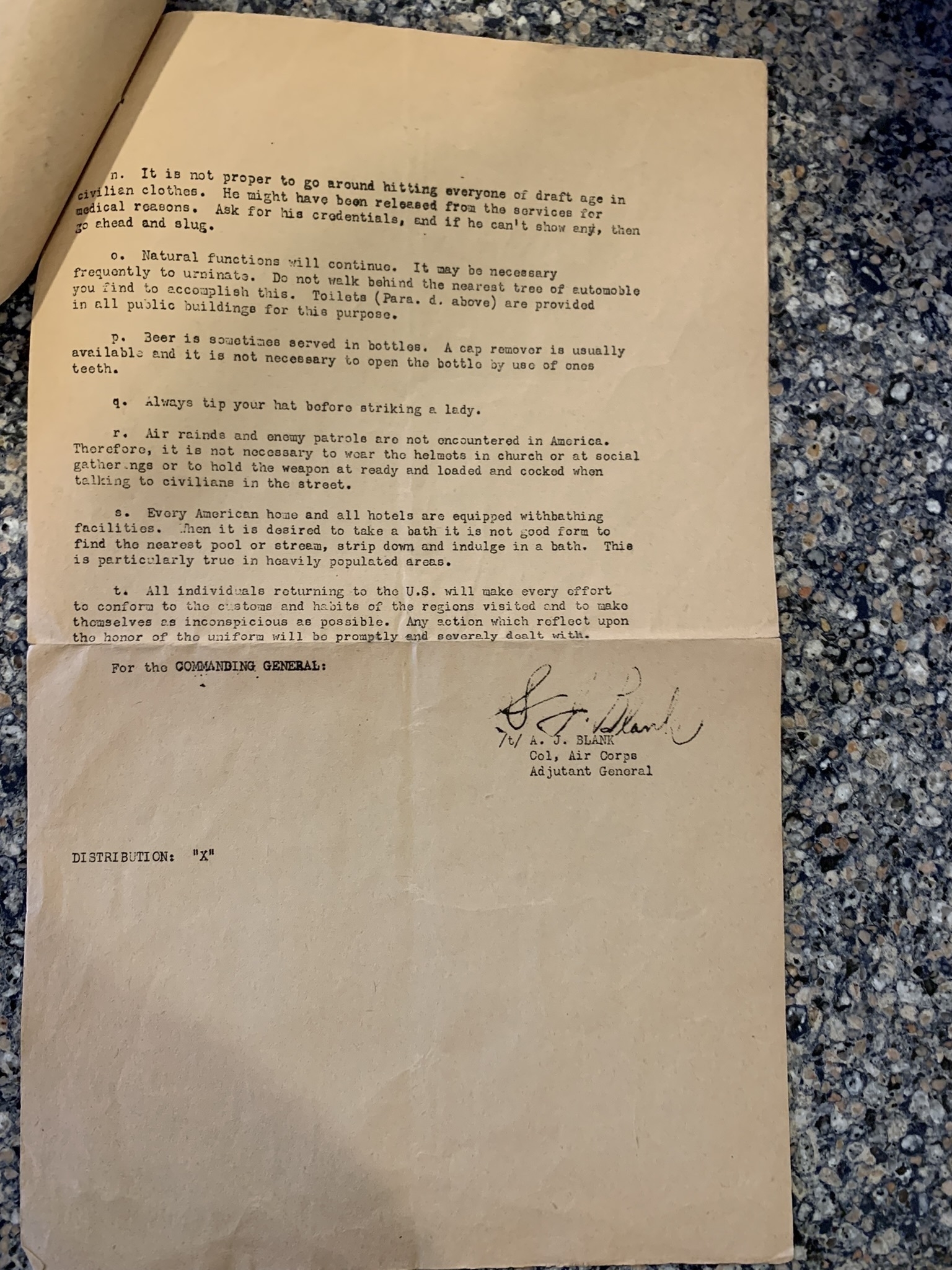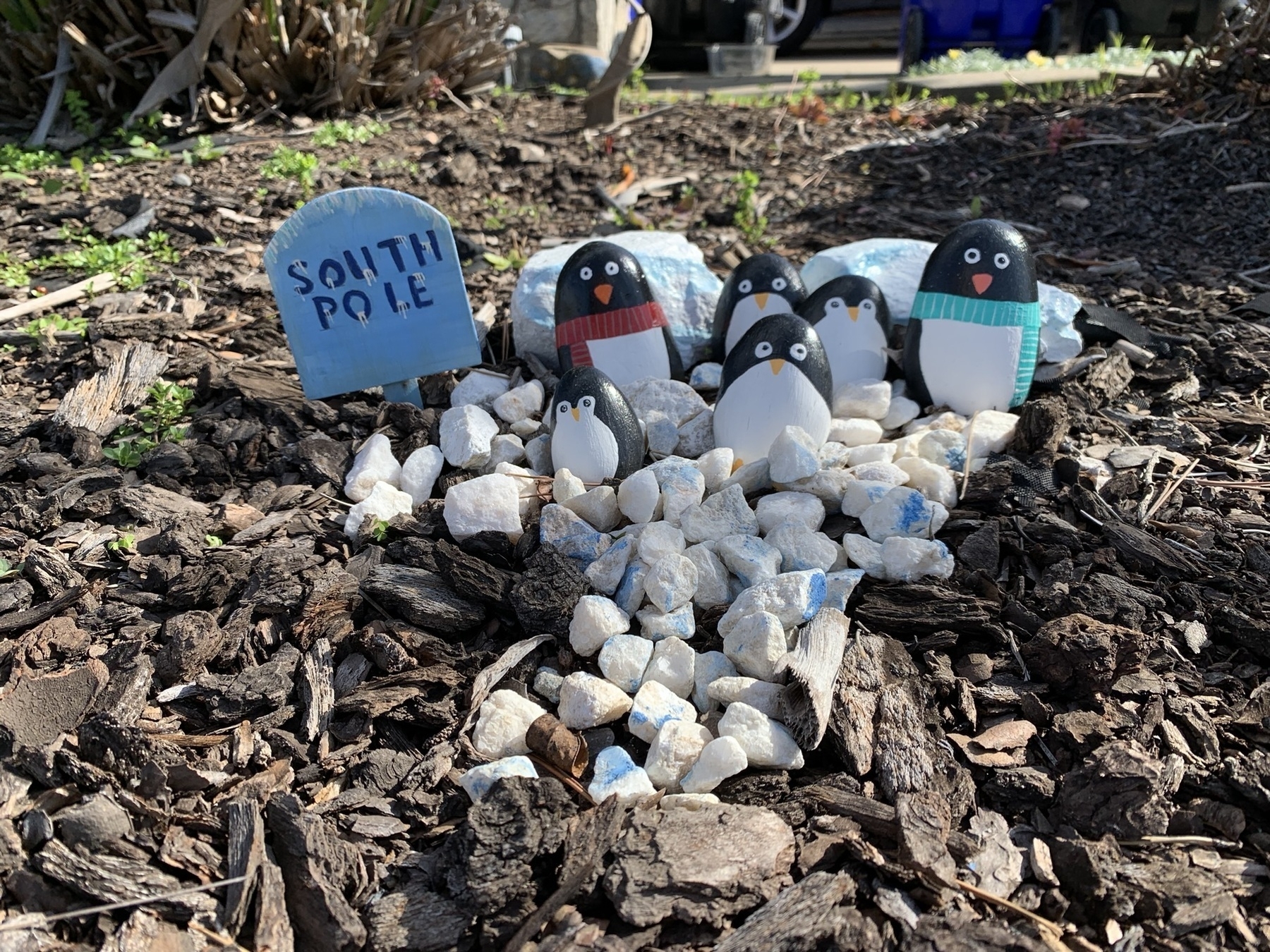We saw “The Emperor’s New Clothes,” an idiosyncratic and charming historical romantic-comedy that starred Ian Holm and came out in 2002.
I liked the movie a lot. It exceeded my expectations. I thought it would be more broad and farcical than it actually was. It had a big heart, which I did not expect.
The premise: Napoleon, in exile on the island of St. Helena after his defeat at Waterloo, executes a scheme to escape and be replaced on the island by a double, a common seaman who looks exactly like Napoleon, whose name is Eugene Lenormand. Napoleon will settle in Paris incognito, and the false Napoleon will reveal his true identity, as will the true Napoleon. France will rally and the empire will be restored.
But the plan goes wrong, and Napoleon needs to survive in Paris as Lenormand.
Fortunately for Napoleon, he’s taken in by a pretty widow.
But Napoleon never loses hope, and never stops planning to resume his rightful place as emperor.
Meawhile, he and the widow fall in love. She thinks he’s just Lenormand, a commoner like her, maybe someone who once did prison time.
Holm plays both Napoleon and the sailor Lenormand. He gives two great performances. As Napoleon, Holm is commanding, striding about erect with his hands clasped behind him. And he’s also sad and brave as he adjusts to life without the trappings and luxury of power.
In an early scene, Napoleon, disguised as Lenornmand, commands his ship’s captain to change course immediately and head for France. Holm’s performance is appropriately imperious, and you can easily imagine that underlings would be terrified to receive a command like that from the emperor. But now Napoleon is living the life of a common deckhand, and the ship’s captain just laughs at him.
Later, Napoleon marshals the same charisma to inspire rather than intimidate, and succeeds in rallying a band of struggling street vendors to sell fresh fruit.
Meanwhile, on St. Helena, the false Napoleon is enjoying his captivity. It’s a prison, but it’s posh and luxurious, with fine food, beautiful art and clothing, and servants to tend to Lenormand’s needs. In character as Lenormand, Holm is boorish, gluttonous, drunk and loud. His scenes are played for low comedy.
Iben Hjejle plays the widow, whom everybody calls “Pumpkin.” She’s a Danish actor, probably best known to American audiences for appearing as John Cusack’s girlfriend in “High Fidelity.” Pumpkin is your basic romantic-comedy woman’s role; she’s an auxiliary to the man. Her job is to look beautiful and adore Napoleon (whom she knows as Lenormand). Hjeile does the job. I’d like to see her in a real role sometime.
The magic of “The Emperor’s New Clothes” is that it commits to the bit. It takes its premise seriously.
As Roger Ebert noted in a 2002 review, you can easily imagine the movie going in a broad, Monty Python direction, but instead, “The Emperor’s New Clothes” is “a surprisingly sweet and gentle comedy.”
The dialogue and acting are first-rate, and the costumes and settings are up to the standards of any historical drama.
I was intrigued by “The Emperor’s New Clothes” because of a mention the movie got on the Age of Napoleon podcast, an extremely detailed history of the life and world of Napoleon, which has been running for seven years and isn’t anywhere near done. I’ve been listening to the podcast for several years.
The host, Everett Rummage, said he thought “The Emperor’s New Clothes” was the only movie that he ever saw that truly captured Napoleon’s character. This was before the current Ridley Scott movie came out.
Having now seen “The Emperor’s New Clothes,” I can absolutely see Rummage’s point. Granted, pretty much everything I know about Napoleon comes from Rummage’s podcast. But we know that Napoleon started as a minor nobleman in Corsica, went to French military school and quickly soared through the ranks during the Revolution. Napoleon was arrogant, but he also had a common touch. He was a democrat with a small “d,” unimpressed by aristocracy and valuing talent, character, and loyalty over inherited titles. He slept on the ground with his men in battle, gave them personal attention, and they loved him. We see all these qualities in “The Emperor’s New Clothes.” When the fictional Napoleon is required to scrub decks, sleep in a barn and rub elbows with street vendors, well, we can imagine that Napoleon had experience with that kind of thing.
In reality, Napoleon was a genius. He was an enlightened ruler who swept aside the old order and instituted more egalitarian forms of government that are influential to this day. He nurtured science, scholarship and the arts.
And Napoleon was also a bloodthirsty murderer, tyrant and monster who bathed Europe in blood and re-instituted a regime of brutal slavery that Haiti still has not recovered from more than two centuries later.
We only see the good side of Napoleon in “The Emperor’s New Clothes.” His evil is dealt with in a single line of dialogue. Which is as it should be in this particular movie.
The movie is loosely based on a novel by Simon Ley, “The Death of Napoleon.” Writer Peter Hicks compares the two. Hicks says the book is “a sustained elegy on the wisdom of recognising the important things in life, such as love, happiness, modest success,” which are far more important than the “chimaeras of power and military glory.” The movie has the same theme. As Ebert says, Napoleon gradually realizes that “the best of all worlds may involve selling melons and embracing Pumpkin.”
In an afterword to a 2006 edition of the book, Leys said the movie “was both sad and funny: sad, because Napoleon was interpreted to perfection by an actor (Ian Holm) whose performance made me dream of what could have been achieved had the producer and director bothered to read the book."
Based on Hicks’s description, I think I would prefer the movie and I am not tempted to read the book.
P.S. Hugh Bonneville, who stars “Downton Abbey” as Robert Crawley, plays a supporting role in “The Emperor’s New Clothes.” I didn’t recognize him.


